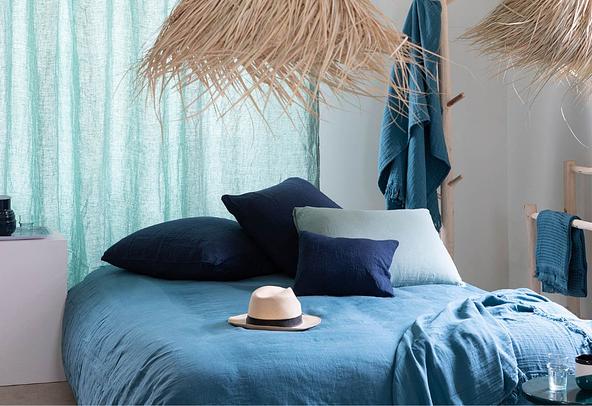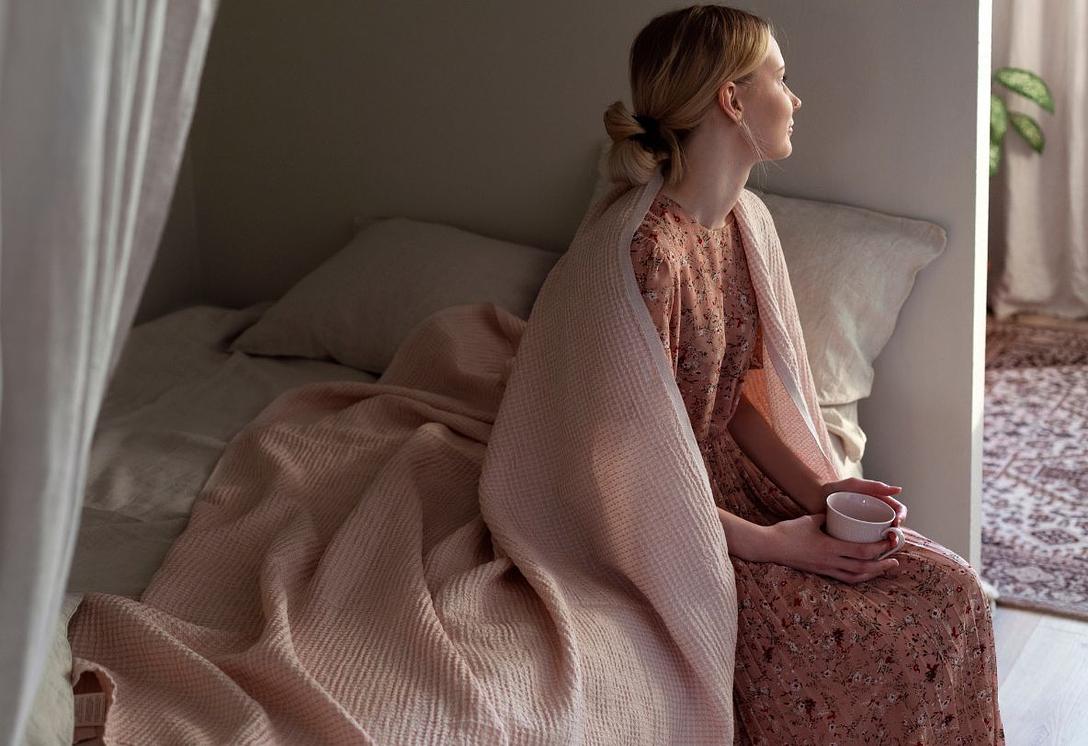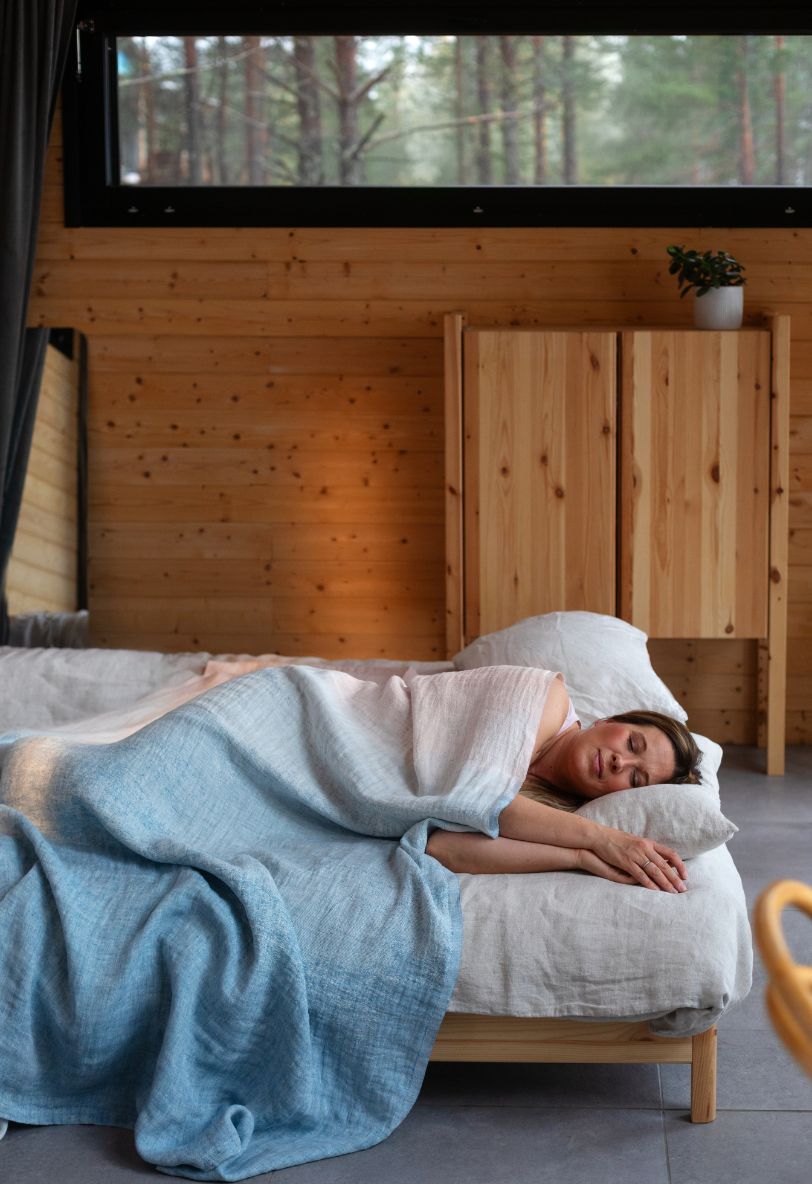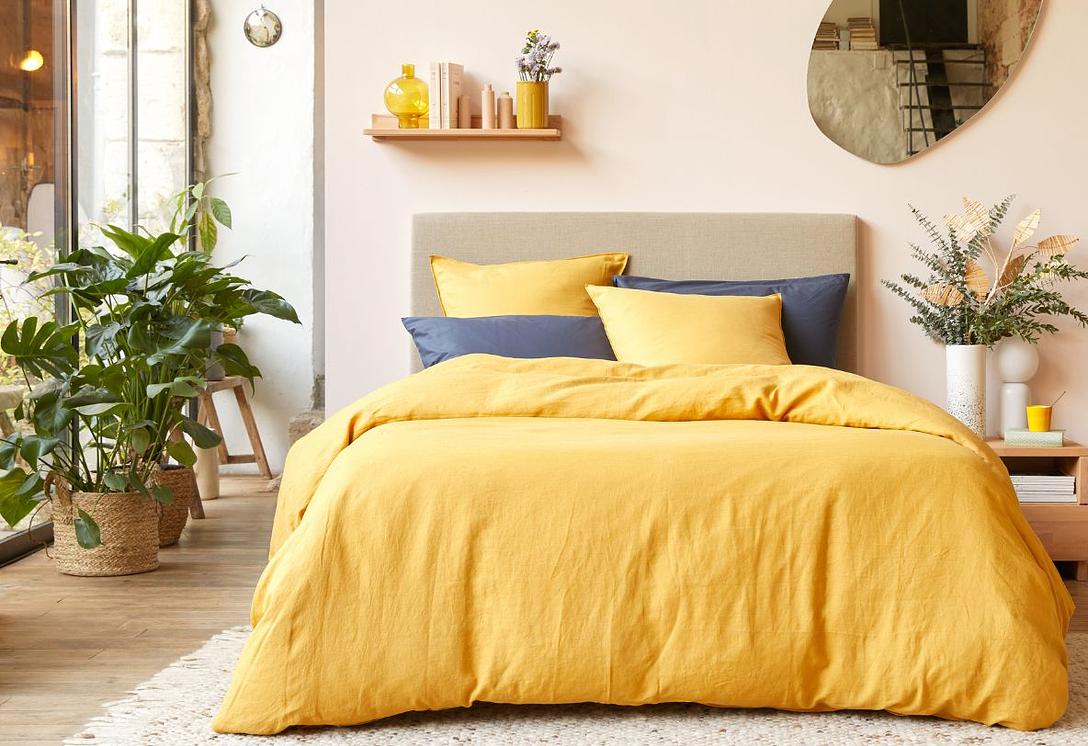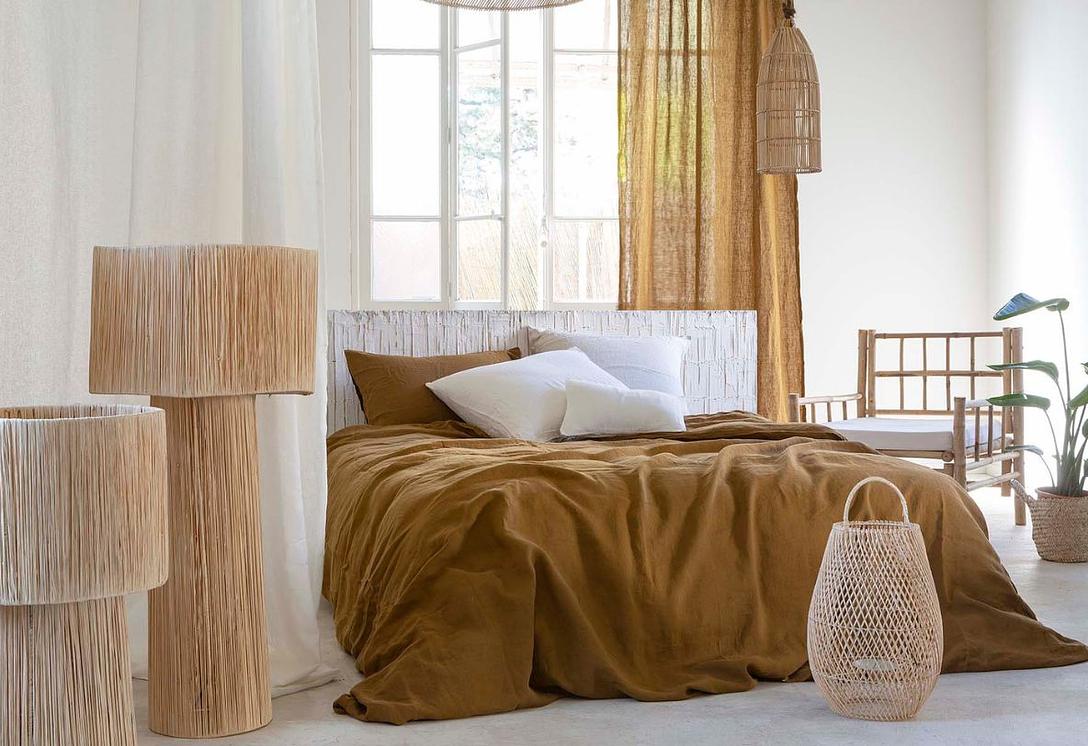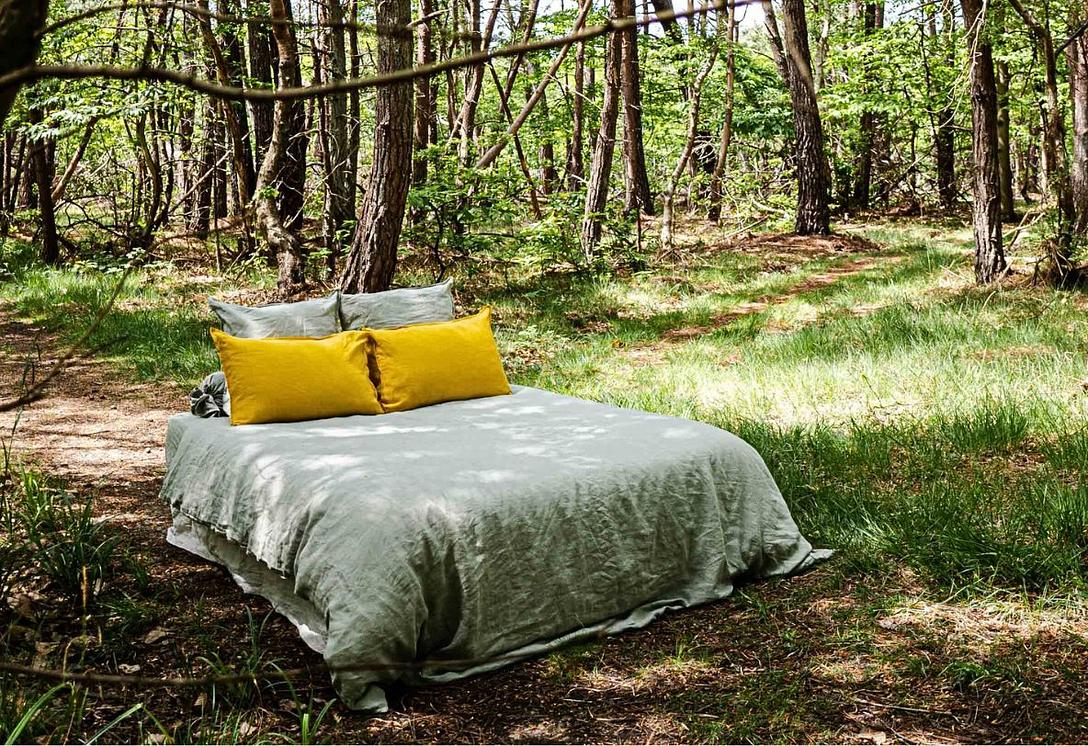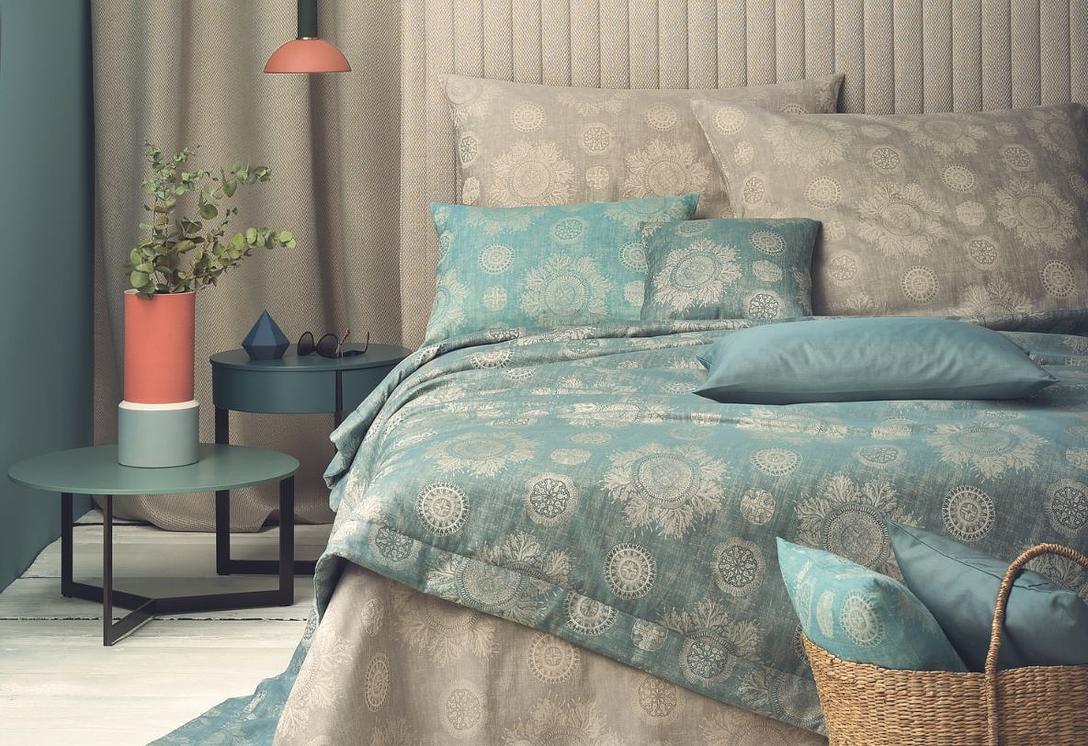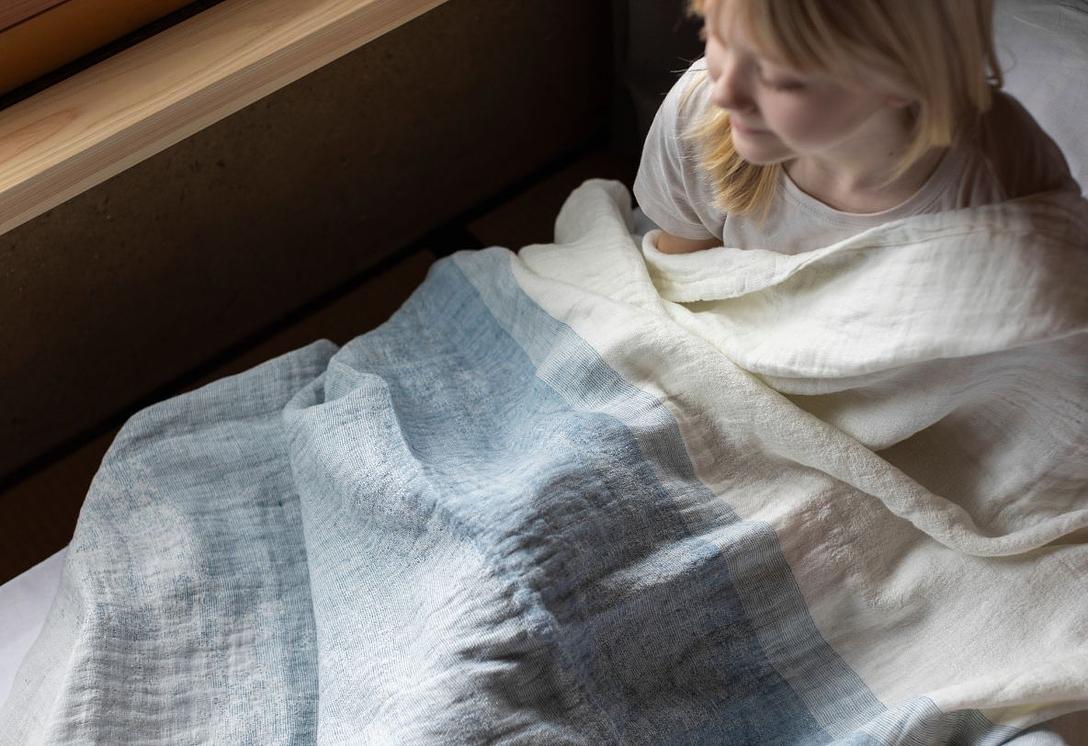Flax-Linen, a real ally for your sleep
Could sleep disorders be the disease of the century? With a third of the French population regularly suffering from insomnia, National Sleep Day on 15 March 2024 is an opportunity to remind people of this fact. It is possible to get back to a peaceful night's sleep by changing your habits, thanks to a few simple gestures. These include using flax-linen for bed linen and nightwear, the unique benefits of which have been confirmed by a recent study by the Cetelor* laboratory.
